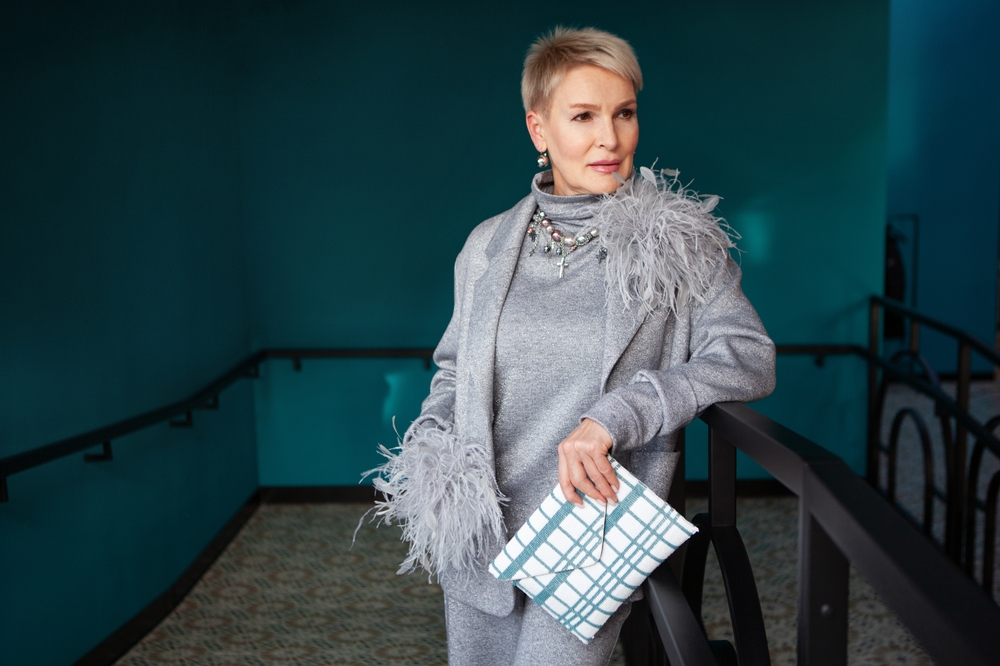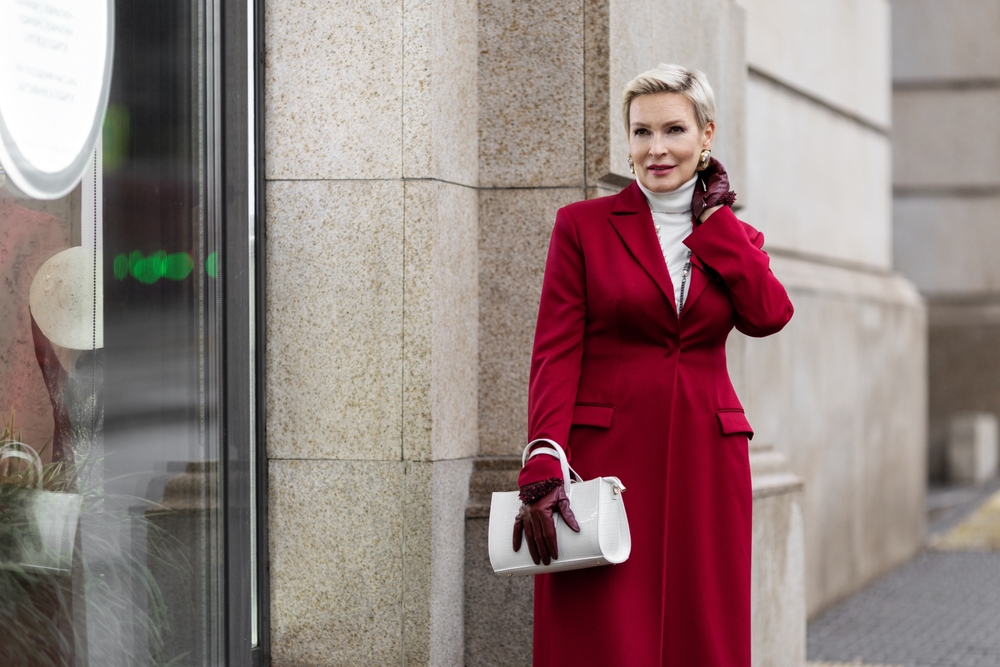The 1950s were a wild mix of domestic duties, social expectations, and carefully polished appearances—all wrapped up in a perfectly pressed apron. For women of the era, life was about striking a delicate balance between what society expected of them and the realities of their day-to-day lives. Today, looking back, some of their habits and behaviors can seem downright baffling.
1. They Mastered the Perfect Housewife Routine

Back in the day, being a housewife was considered a full-time job, and women embraced it with gusto. The meticulous morning routine involved getting up early to ensure the house was spotless and breakfast was ready before the family awoke. This involved cooking and presenting meals with a flair rivaling professional chefs.
Women maintained perfectly styled hair and attire that seemed more fit for a dinner party than a day of chores. This dedication to domestic perfection was a badge of honor and a measure of one’s worth, especially as the media glorified the role of the happy homemaker, according to PBS.
2. They Were Put Together 24/7

The idea of “beauty sleep” took on a whole new meaning in the 1950s. Women were expected to wake up before their husbands to make themselves presentable, ensuring their partners would see them at their best upon waking. This entailed a quick bout of makeup and hairstyling to maintain that fresh, effortless facade.
The commitment to appearance was not just about personal vanity; it was perceived as a symbol of respect for yourself and your spouse, according to personal stylist and wardrobe consultant Sarah Meikle.
3. They Played the Role of Gracious Hostess
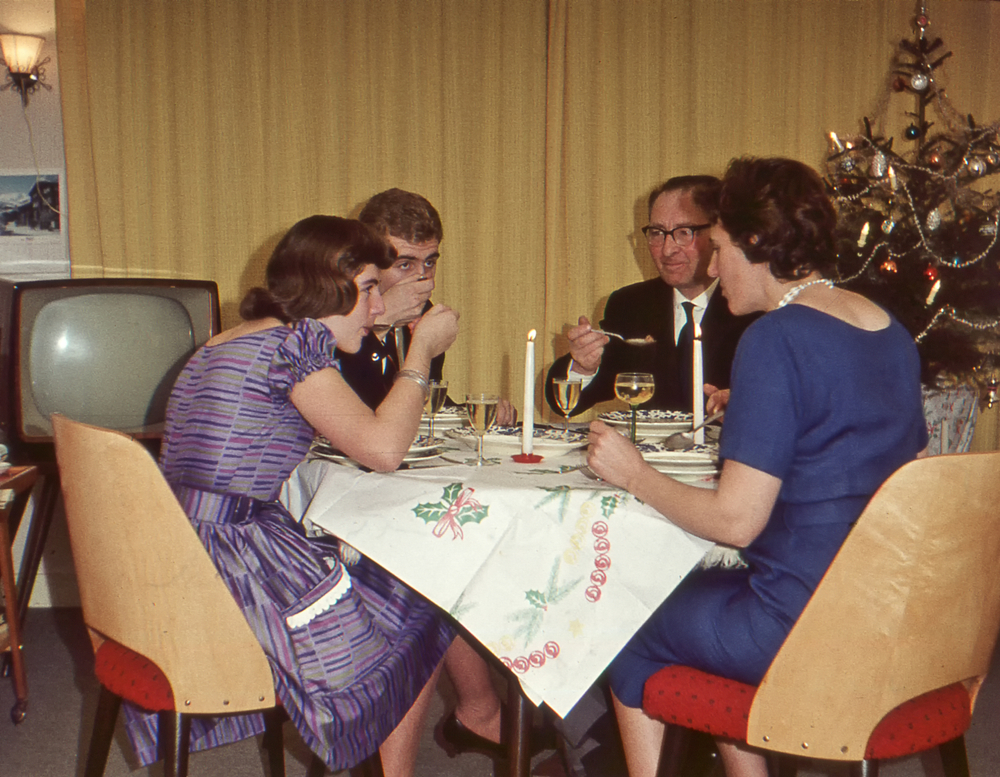
When it came to social gatherings, women were the masterminds behind every successful soirée. Hosting wasn’t just about serving food and drinks; it was a performance art. From meticulously curated menus to themed decorations and carefully chosen background music, every element contributed to an unforgettable experience.
Women were expected to make guests feel at home while showcasing their culinary and entertaining prowess. This social theater provided a platform for women to express creativity and foster community bonds.
4. They Adhered to Strictly Defined Gender Roles

In the 1950s, gender roles were as rigid as a starched collar. Women were primarily seen as homemakers and caregivers, a norm heavily reinforced by advertising and media. Despite the confines, many women found ways to assert their independence and influence within their roles.
Whether through crafting a comfortable home environment or excelling in volunteer work, women navigated these expectations with grace and ingenuity. These roles, while restrictive, also provided a framework that some women leveraged to empower themselves subtly. According to Khan Academy, “The 1950s is often viewed as a period of conformity, when both men and women observed strict gender roles and complied with society’s expectations.”
5. They Had an Obsession with Proper Etiquette
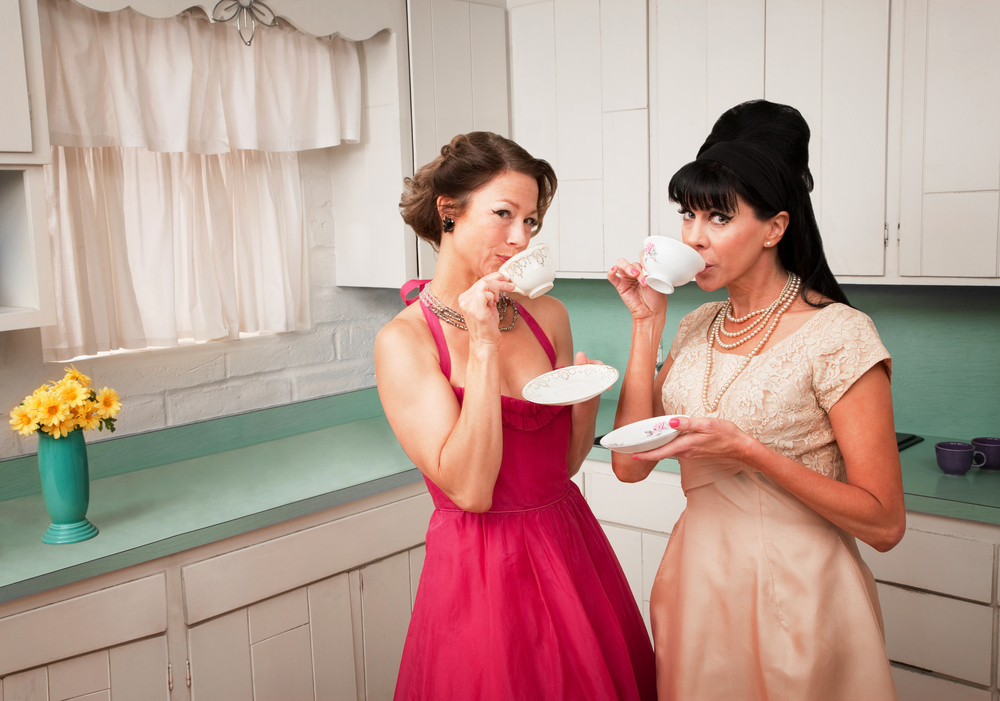
The 1950s were the pinnacle of etiquette obsession, where manners were non-negotiable. Women were expected to know the ins and outs of social graces, from setting a formal dinner table to writing the perfect thank-you note. This emphasis on etiquette extended to language, posture, and even how one expressed emotions.
It was a social currency that could open doors and foster connections. While it may seem overly prescriptive today, mastering etiquette allowed women to navigate society with poise and confidence.
6. They Dressed to “Keep Up Appearances”

Fashion in the 1950s was more than a style statement; it was a cultural declaration. Women adhered to a dress code emphasizing femininity and elegance, with cinched waists and full skirts epitomizing the decade’s silhouette. Accessories were adornments and essential components of an ensemble, each piece chosen with care.
Fashion was a tool for expressing identity and status, and women wielded it with aplomb. The era’s fashion was both a reflection of societal values and a personal canvas for creativity.
7. They Made Secretarial Skills an Art Form

Secretarial positions were the predominant career path for those who entered the workforce. Typing, shorthand, and meticulous filing were not just skills but an art form. These roles were undervalued yet crucial, often serving as the backbone of corporate operations.
Women infused these tasks with precision and efficiency, proving their mettle in a male-dominated environment. While the positions were limited, they provided a stepping stone for women to demonstrate their capabilities beyond domestic confines.
8. They Pioneered the Diet Craze

In the quest for the ideal figure, women in the 1950s were often engulfed in diet crazes. The era was dominated by fashionable diets that promised quick results, often with little scientific backing. From the grapefruit diet to appetite-suppressing pills, women pursued these regimens with fervor.
Achieving the perfect silhouette was not just about aesthetics; it reinforced societal ideals of beauty and femininity. This relentless pursuit of thinness reflected the pressures women faced to conform to narrowly defined beauty standards.
9. They Were the Backbone of the Unseen Labor Force

Though often overlooked, women’s unpaid labor was a cornerstone of the 1950s economy. From managing household duties to volunteering in community organizations, women contributed significantly to societal functions without formal recognition.
This invisible workforce upheld family structures and civic life while receiving little acknowledgment. Despite this, many women took pride in their contributions, finding fulfillment in their ability to support and uplift their communities. The undervaluation of this labor highlights the gender disparities that persisted.
10. They Raised Their Children Without Help
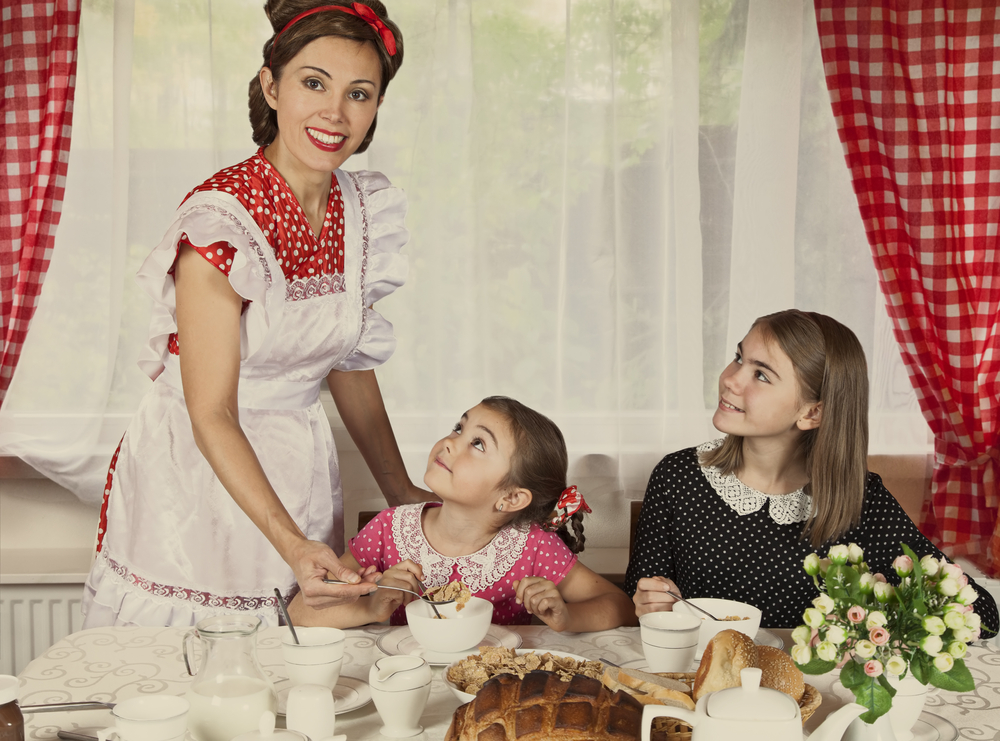
Parenting in the 1950s involved a unique blend of structure and creativity. Women were the primary caregivers, responsible for nurturing their children’s emotional and intellectual development. This involved more than discipline and routine; it meant crafting educational activities and encouraging curiosity and imagination.
Women embraced this role with innovation, often devising their methods to educate and entertain. This era’s parenting reflected a deep commitment to fostering well-rounded individuals who could thrive in an evolving world.
11. They Married to Move Out of Home
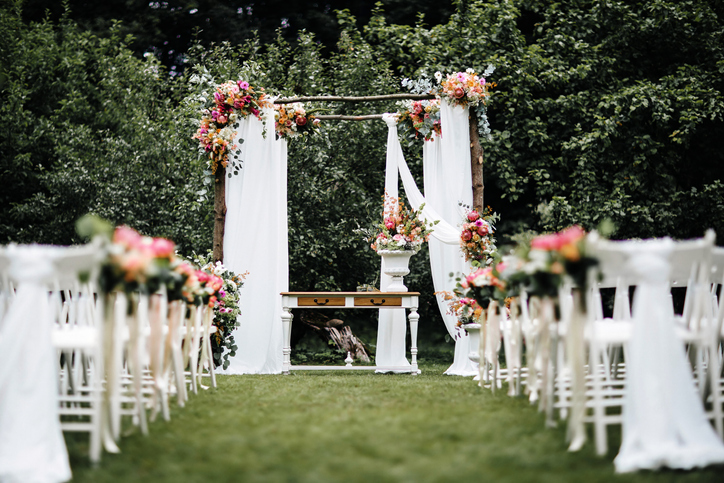
Marriage in the 1950s was seen as a rite of passage, and societal pressure to wed was palpable. Women were expected to marry young and focus on building a family, with single life often viewed with suspicion. Despite the pressure, marriage provided a framework within which many women found companionship and fulfillment.
The institution was a source of stability and a platform for personal growth, even as it reinforced traditional gender roles. Women navigated this landscape with resilience and adaptability.
12. They Adopted a Suburbian Mindset

The post-war boom led to a mass migration to the suburbs, and women were at the heart of this transformation. Suburban living offered the promise of a better life, complete with modern conveniences and a community-oriented lifestyle. Women were crucial in cultivating neighborhood bonds and creating vibrant community spaces.
Despite the isolation that sometimes accompanied suburban life, many women found ways to thrive, carving out spaces for creativity and connection within this new environment. The suburbs became a canvas for redefining domestic ideals.
13. They Hid Their Emotions to “Keep the Peace”
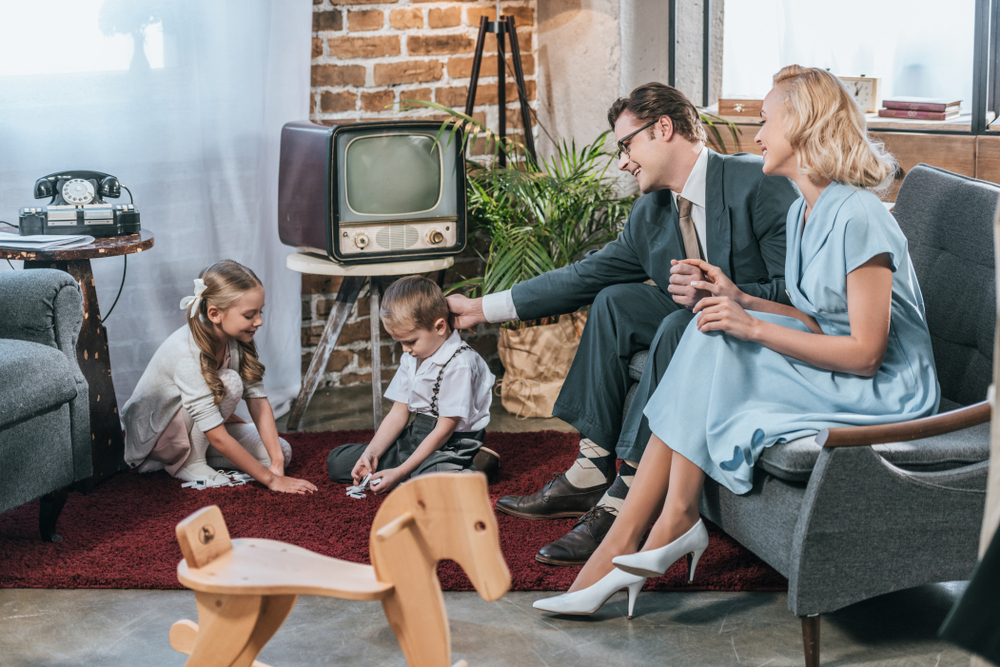
Emotional expression in the 1950s was often reserved for private moments. Women were expected to smile, stay composed, and avoid airing grievances—no matter how frustrated, lonely, or overwhelmed they felt. Bottling up feelings to maintain harmony at home or in social settings was seen as a sign of strength and grace.
While some women succeeded in “keeping the peace,” others regretted not advocating for themselves, realizing that their silence sometimes came at the cost of their mental and emotional well-being.
14. They Agreed that Education Wasn’t a Priority

While some women pursued degrees, education in the 1950s was often seen as a stepping stone to marriage rather than a personal or professional goal. Many women regret being discouraged from seeking higher education or using their intellectual potential to build careers.
Instead, societal norms pushed them toward homemaking, limiting their opportunities. Looking back, they wonder how different their lives might have been if they had been encouraged to dream bigger, learn more, and forge paths beyond traditional roles.

